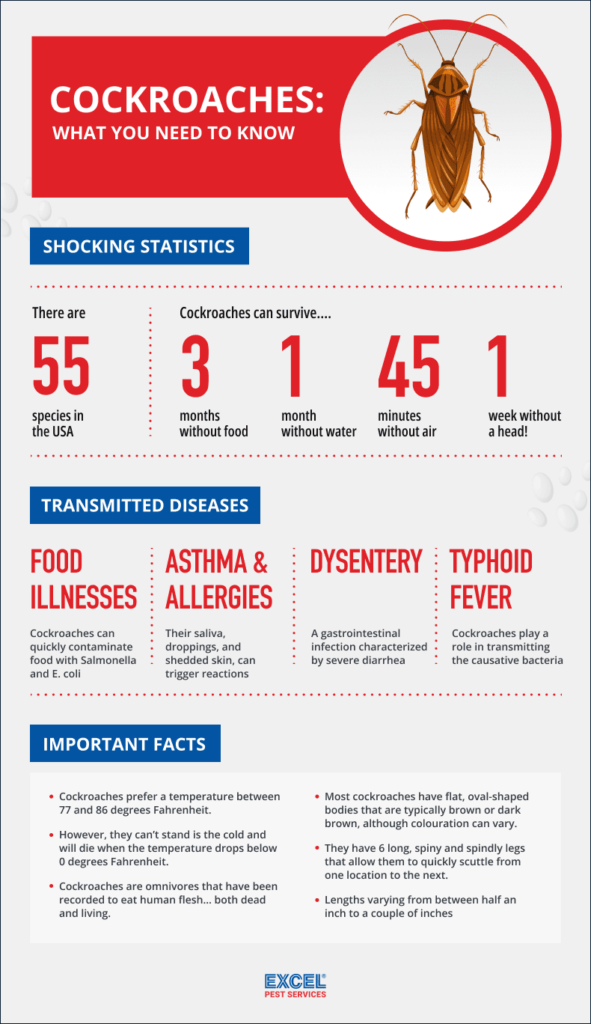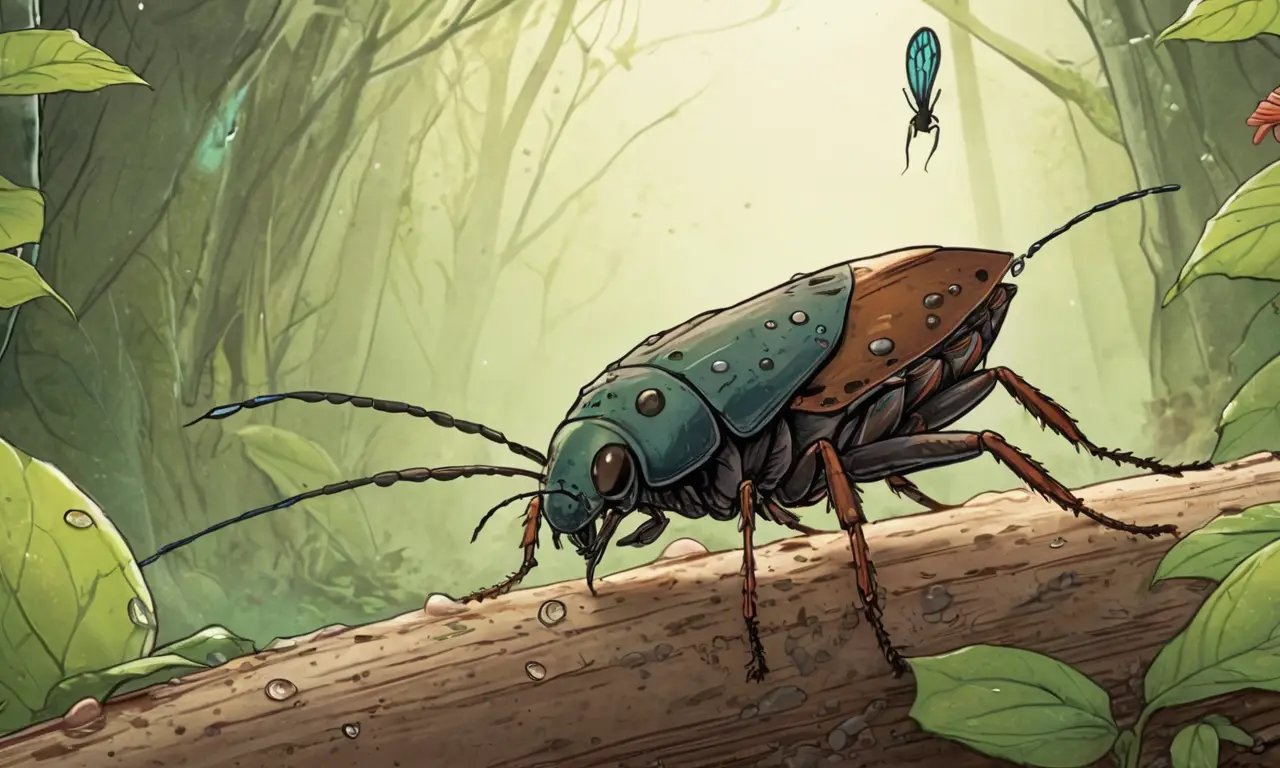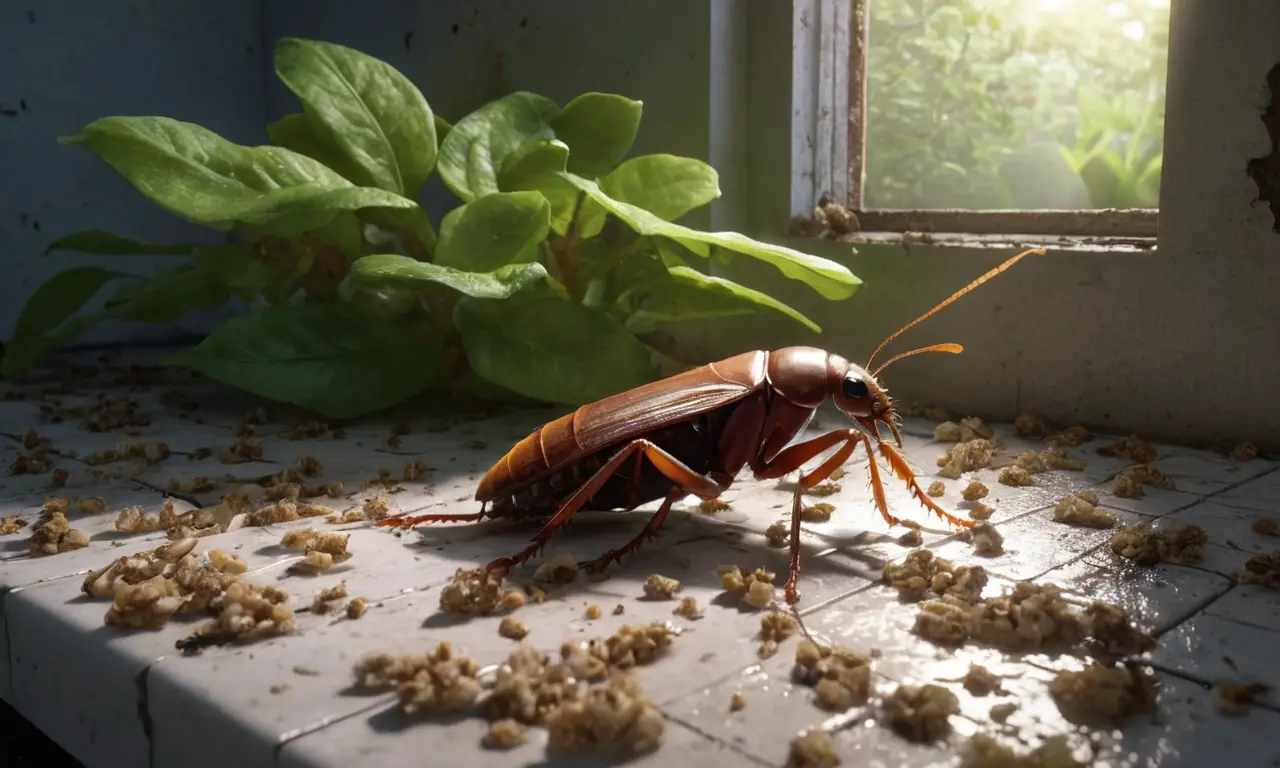
Cockroaches, those ubiquitous creatures often met with disgust, are more than just unwelcome houseguests. While their presence in our homes is undeniably undesirable, these resilient insects play a surprisingly vital role in various ecosystems around the world. Their contributions to nutrient cycling and food webs often go unnoticed, highlighting the complex interconnectedness of nature. This article delves into the fascinating world of cockroaches, exploring their ecological benefits beyond the common perception of them as pests.
This exploration will examine the cockroach diet and its impact on decomposition, delve into their diverse roles within ecosystems, analyze their nutritional value for predators, and finally, acknowledge the challenges they pose as household pests.
Cockroach Diet and Decomposition
Cockroaches are omnivorous scavengers, consuming a wide range of organic matter, both living and dead. Their diet primarily consists of decaying plant material, such as fallen leaves, rotting fruits, and decomposing wood. This scavenging behavior plays a crucial role in decomposition processes, breaking down complex organic compounds into simpler substances that can be readily absorbed by plants and other organisms.
By consuming and processing this decaying matter, cockroaches contribute to nutrient cycling within ecosystems. They release essential nutrients like nitrogen, phosphorus, and potassium back into the soil, enriching it and supporting plant growth. This process is vital for maintaining healthy and productive ecosystems.
Furthermore, cockroaches’ digestive systems are highly efficient at breaking down cellulose, a complex carbohydrate found in plant cell walls. This ability allows them to access energy sources unavailable to many other organisms, further contributing to the breakdown of organic matter.
Ecosystem Roles of Cockroaches

Beyond their role in decomposition, cockroaches contribute to various other ecosystem functions. They serve as prey for numerous animals, including birds, reptiles, amphibians, and even some mammals. This makes them an integral part of food webs, supporting populations of predators at higher trophic levels.
Cockroaches also play a role in seed dispersal. Some species are known to consume fruits and seeds, inadvertently carrying them away from the parent plant and depositing them in new locations. This can contribute to plant diversity and colonization of new areas.
Additionally, certain cockroach species exhibit social behaviors, forming colonies with complex hierarchies and division of labor. These social structures can influence the dynamics of their local environments, impacting resource availability and competition among other organisms.
Nutritional Value for Predators
Cockroaches are a valuable food source for a wide range of predators due to their high protein content and abundance in many ecosystems. Birds, reptiles, amphibians, and even some mammals rely on cockroaches as a significant part of their diet.
For insectivorous birds, such as robins and wrens, cockroaches provide a readily available source of protein during breeding season when they require ample energy for nest building and raising chicks. Reptiles like lizards and snakes also benefit from the high nutritional value of cockroaches, incorporating them into their diets to meet their energy needs.
The abundance of cockroaches in many environments ensures that predators have a consistent food supply, contributing to the stability and balance of ecosystems.
Cockroaches as Pests

Despite their ecological benefits, cockroaches are often viewed as unwelcome pests due to their presence in human dwellings. Their ability to thrive in warm, humid environments makes them particularly adept at invading homes and buildings, where they can contaminate food sources, spread diseases, and trigger allergies.
Cockroach infestations can pose significant health risks, as they can carry pathogens that cause illnesses such as salmonellosis, dysentery, and gastroenteritis. They can also trigger allergic reactions in sensitive individuals, leading to respiratory problems and skin irritation.
Controlling cockroach populations in homes and businesses is crucial for maintaining public health and sanitation. Effective pest management strategies involve a combination of preventative measures, such as sealing cracks and crevices, eliminating food sources, and proper waste disposal, along with targeted treatments using insecticides or other control methods.
Conclusion
While often perceived solely as pests, cockroaches play a multifaceted role in various ecosystems. Their scavenging behavior contributes significantly to decomposition processes, nutrient cycling, and the overall health of natural environments. They serve as a vital food source for numerous predators, supporting diverse food webs and maintaining ecological balance.
However, their presence in human dwellings can pose significant health risks and sanitation concerns. Understanding both the beneficial and detrimental aspects of cockroaches is essential for developing sustainable pest management strategies that minimize negative impacts while preserving their valuable ecological contributions.
